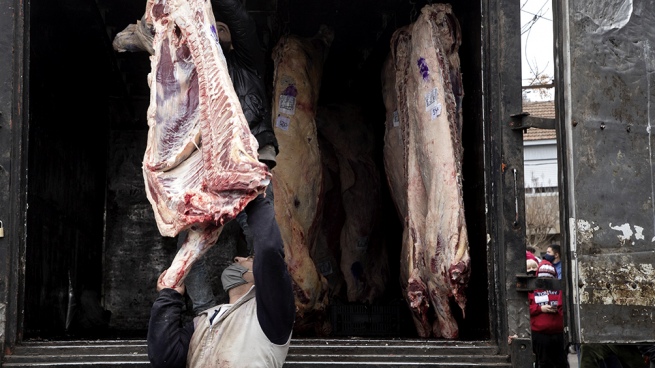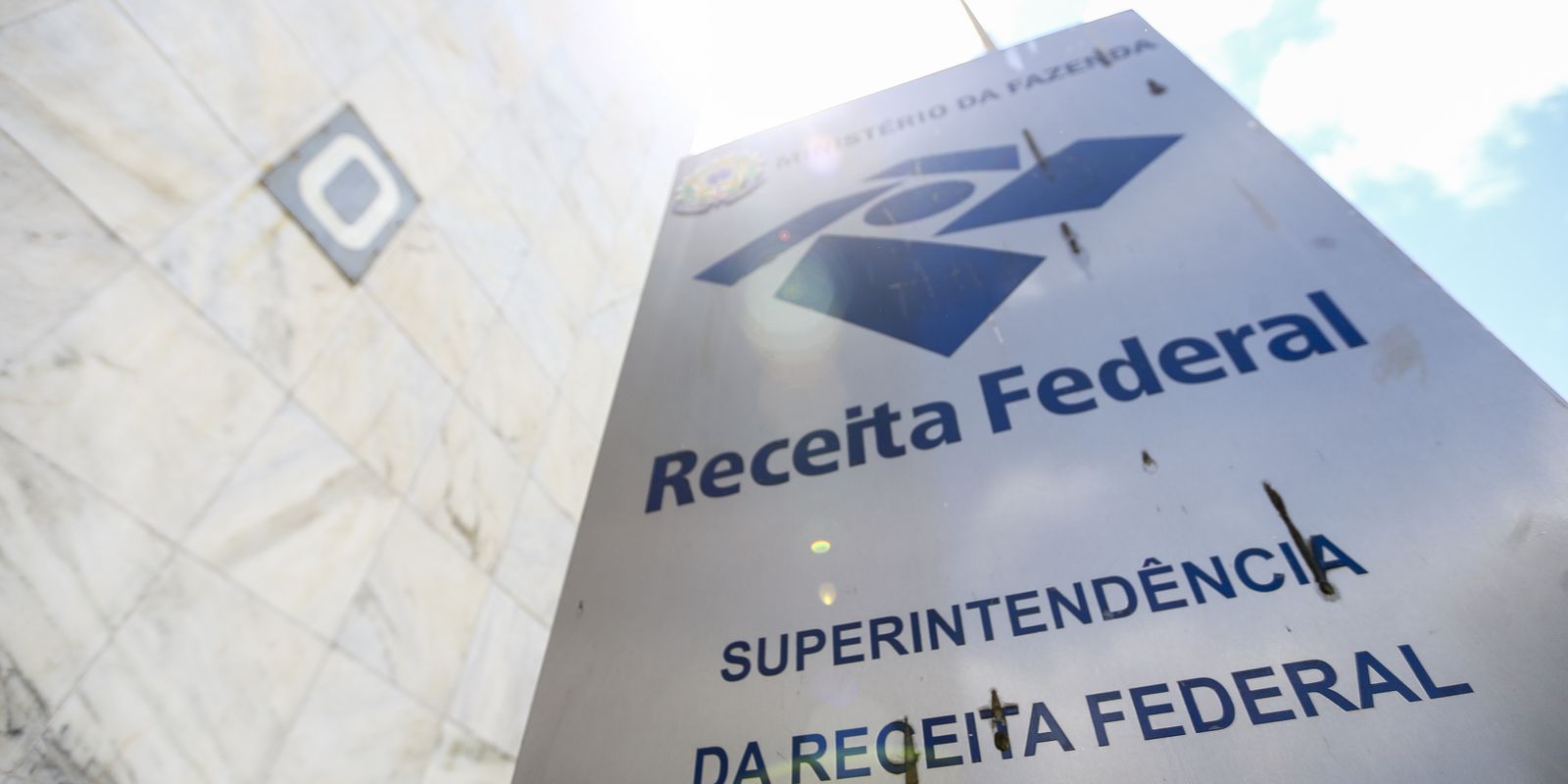The commercialization of the half bovine beef will end on November 1when the cutting scheme provided by the national government comes into force, which establishes the limit of 32 kilos for the distribution of meat in the country.
This new wholesale marketing scheme decided through the then Ministries of Agriculture, Livestock and Fisheries; Labour, Employment and Social Security, and Productive Development, through Joint Resolution 4/2021, will start operating in 21 days, after a year and a half of time for cold storage establishments to be conditioned.
For the goverment, this measure “represents higher quality and health standards for meat productswhile favoring commercial transparency and presenting progress towards a greater modernization of the chain of distribution of meats in half carcasses”.
For the Government, this measure represents higher quality and health standards for meat products
In addition, it seeks to “make the marketing chain more efficient” and implies “acting in defense of the consumer,” the participating portfolios assured at the time, given that “marketing in half carcasses generates inefficiencies in the allocation of cuts that affect the price that he must pay”.
Sources from the National Service for Agri-Food Health and Quality (Senasa) told Télam that they are continuing to work with the Ministry of Agriculture, Livestock and Fisheries “with regard to progress in adapting refrigerators so that they are in line with the regulations that was issued by the Ministry of Labor, and requested by the International Labor Organization (ILO)”.
“In this way progress has been made. Senasa adapted the regulations for the inspection of establishments”they added.
On the other hand, from Senasa they detailed that “of the refrigerators that are under the records of the agency, which are those for export and federal transit and that represent 85% of the work in Argentina, 80% already have the item enabled for quartering. The rest is advancing in the adaptation.”
“On the other hand, it is being contemplated that those who cannot send meat to the retail market in pieces, can take the half carcasses to a cycle 1 or cycle 2 establishment enabled for quartering,” they indicated.
Nevertheless, this initiative generated divisions within the meat sector, since those slaughterhouses dedicated mainly to export ensure that there was the necessary time for the establishments to adapt to the new provision and that it will bring benefits for consumers and workers, while slaughterers and suppliers of the domestic market consider that the conditions to undertake this scheme are not yet met and predict a rise in prices.
In dialogue with this medium, the president of the Meat Exporters Consortium (ABC), Mario Ravettino, maintained that “the measure is highly positive”, and considered that the marketing of the half carcass is “an archaic and outdated distribution system that they only have two countries in the world, which are Paraguay and Argentina. As an industrial project, we cannot continue with the half carcass on our shoulders,” and projected this measure as a preliminary step for commercialization by cut.
For Ravettino, “the first beneficiary is going to be the consumer. Today the half carcass is dragged along the floor of the truck, along the sidewalk, on the walls of the butcher shop with constant cross contamination. We are treating the best meat eater like the worst in the world,” she said.
“Secondly, the meat is going to be cheaper, because by referring the cuts that it sells to the butcher, it is going to give them the possibility of offering them at a better price,” while as for the workers, he maintained that it will prevent “They end up at the age of 45 with irreversible injuries, because he is the only one who unloads a hundred half-carcasses per day on his shoulder.”
Finally, although he said that “things are being done so that everyone can follow” the measure, he criticized those refrigerators that did not adapt because “they had time to do it and there is no doubt about that, because this was enacted on 24 April 2021, to start on January 1, 2022. Another extension was requested and it went until November. There was more than enough time. If they did not want to do it, it is something else, but nobody can say that it is an untimely, immediate measure. and without consultation,” he emphasized.

For his part, the president of the Chamber of Slaughterers and Suppliers (Camya), Leonardo Rafael, who are the main suppliers of meat in the domestic market, criticized the initiative by assuring that “the cold storage plants are not prepared to take out this product in pieces as proposed”, and that “there were no credits as the Government said to recondition the plants”.
Also. contrary to what Ravettino said, Rafael maintained that this “makes the product more expensive” since “more personnel and 48 hours of cold” are required. to be able to carry out the process, for which the plants “do not have the capacity”, for which he hopes that “the work will be delayed and that is an additional cost, which in most plants takes up a day of work”.
This is why Camya requested “a work table with all the actors in the chain to see how all this is going to be implemented. But you have to work seriously, because that way the measure is inapplicable,” Rafael warned.
Although he maintained that he was not against the measure, since “we agree that a person cannot lower a beef measure to the shoulder,” he said that for the time being the use of a mechanical tool could be considered for the half-carcass, as is done with the mochos”, and expressed the need for “financing and time” to implement the chopping.








